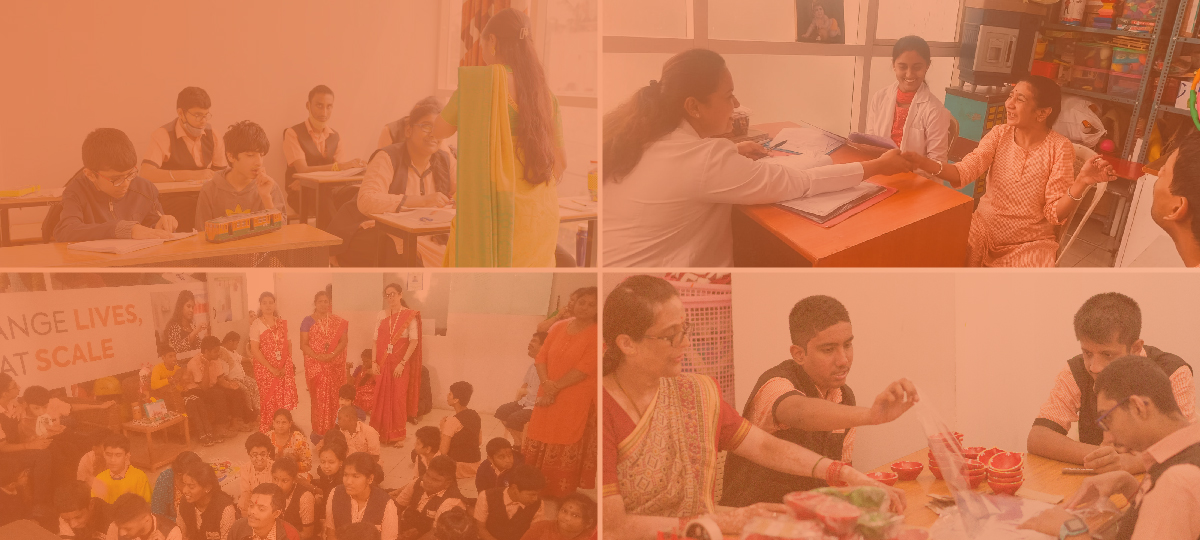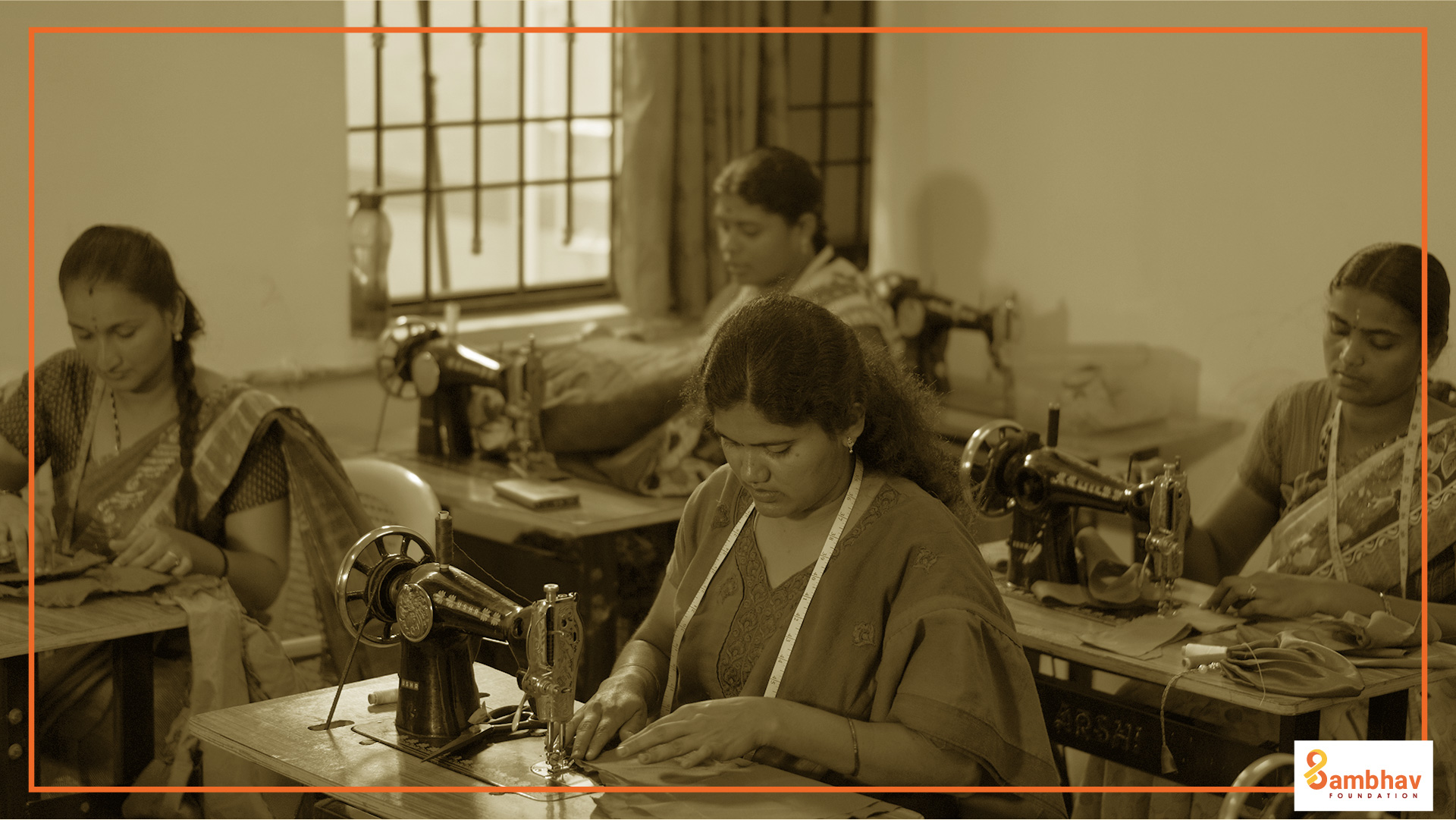Every year, world leaders come together to formulate a joint climate action plan. At the recently held 2021 United Nations Climate Change Conference in Glasgow (COP26), a new worldwide accord was signed – the Glasgow Climate Pact. It’s meant to mitigate the worst effects of climate change. India’s promises at COP26 call for rapid adoption of renewable energy and early retirement of coal power facilities. India caught nearly everyone off guard by setting a net-zero emissions goal for 2070. As the world’s third-biggest emitter of greenhouse gases – next only to China and the US – India is also among the countries most vulnerable to the effects of climate change. India’s short-term commitment to increase the share of renewables in its energy mix to 50% by 2030 (in another nine years) is a very challenging target. Are these targets achievable?
The Vision For The Future
Let’s take a look at where we stand. In 2021, the Indian renewable energy sector is the world’s third most appealing renewable energy market. As of August, the renewable energy capacity is 100 GW. The government has set an ambitious goal of achieving 175 GW of renewable energy capacity by the end of 2022, to increase to 450 GW by 2030. Considering that over 70% of our energy currently comes from coal, reducing this dependence and increasing the proportion of renewables so rapidly is an arduous idea. India has the 5th largest solar power installed capacity in the world and the 4th largest installed capacity of wind power in the world. The country’s wind energy capacity expanded by 2x between 2016-17 and 2020-21. Its solar power capacity has grown more than 5x in the previous five years. There was a staggering 243% increase in renewable installed capacity from 2014 to 2021.
By adopting green corridor initiatives, India is moving in the right direction. They will enable the integration of renewable power networks with conventional power grids. The government planned solar parks would make it easier for developers to set up projects in a plug-and-play fashion. The Wind-Solar Hybrid Policy provides a framework for the most efficient use of transmission infrastructure for extensive grid-connected wind-solar PV hybrid systems. The Ministry of New and Renewable Energy also intends to carry out Phase II of the Rooftop Solar Programme, which will create 4,000 MW of capacity in the residential sector by 2022.
Clearly, we have the potential, the technology, and the intent. So, why does it still feel like these goals are distant and difficult?
The Shortfall
According to the Council for Energy, Environment, and Water, one of the most significant obstacles for India’s growing renewable energy industry is a lack of trained labour. To attain our renewable energy capacity goals for 2022, India will require 2+ Lakh trained site engineers, 6+ Lakh semi- and low-skilled technicians for construction and maintenance, and an extra 1.8 Lakh low-skilled employees each year to operate and maintain the solar rooftop systems. Meeting even the shortest-term target is both an immense challenge and an incredible opportunity for livelihood generation. It is hard to imagine a modern world without our usual electricity sources, but with skilled workforce, a smooth transition to renewable energy is possible.
India’s goals of leap-frogging energy technology to reach a more sustainable future and its goals of creating new resilient livelihoods for citizens may be tied together.
Ushering a New Age of Green Energy
A skilled cadre plays a massive role in helping any new technology take root among consumers. We wouldn’t have touch-free taps and smart air-conditioners as commonplace appliances if an electrician or plumber weren’t there to recommend it, install it, maintain it, and repair it. The same stands true for solar panels today. We need a cadre of technicians trained to be advocates and caretakers for this technology to become commonplace.
Our ability to rapidly train and deploy electricians with the proper knowledge and practical know-how is closely linked to our ability to adopt renewable technology and ultimately reduce dependence on coal to meet our climate goals. Electricians will play a significant part in aiding India’s transition to renewable energy. Investing in the training of electrical workers in all aspects of the clean energy industry is vital to a greener future.




